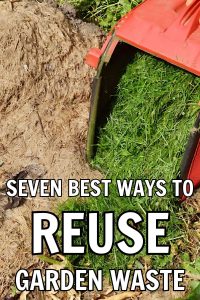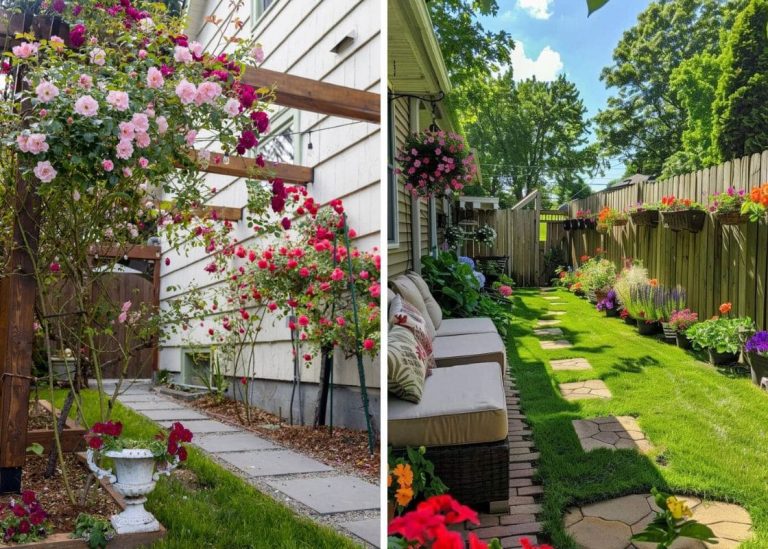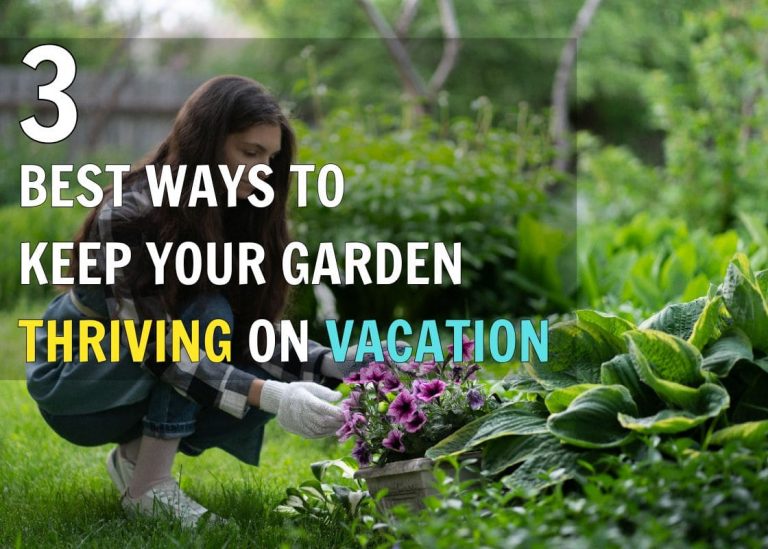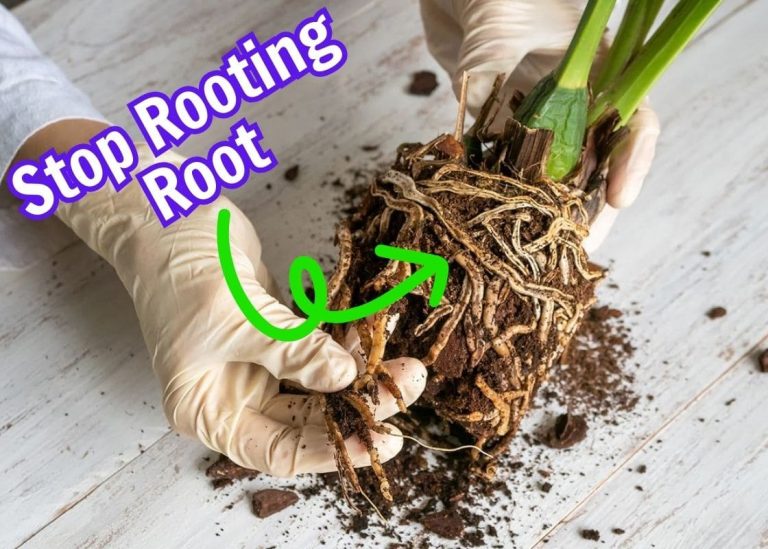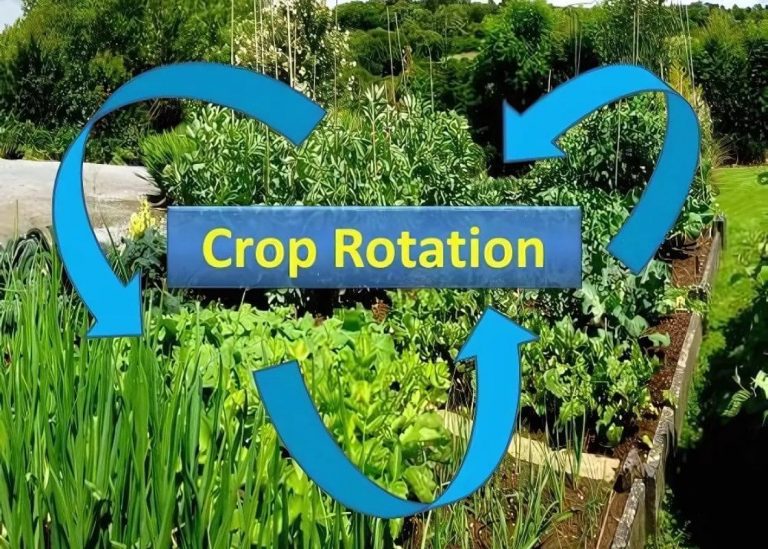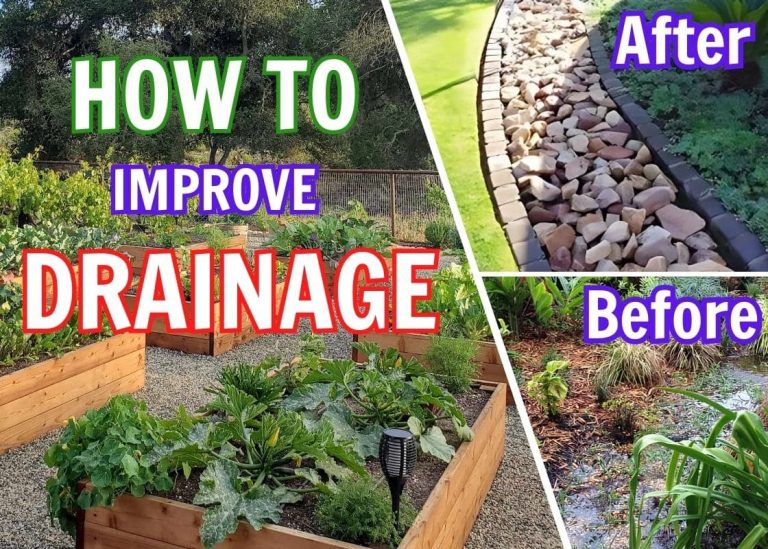7 Best Ways to Reuse Garden Waste for a More Sustainable Garden
When I first started gardening, I didn’t think much about what happened to plant clippings, fallen leaves, or kitchen scraps. I’d pull weeds, trim back dead branches, and rake up piles of leaves, only to toss them away without a second thought.
But over time, I realized that I was throwing away some of the best resources my garden was naturally producing.
A truly sustainable garden doesn’t just grow food and flowers, it works in harmony with nature. Instead of treating garden waste as something to get rid of, I started reusing it to improve my soil, feed my plants, and create a more self-sufficient growing space.
Now, I barely throw anything away, and my garden is healthier and more productive because of it.
If you’ve ever looked at a pile of grass clippings or pruned branches and wondered if they could serve a better purpose, the answer is yes. Here’s how I make the most of every bit of garden waste.
1. Turning Garden Waste into Rich, Healthy Compost
Composting was the first step in my journey to reducing garden waste. I used to think composting was complicated, but once I started, I realized it’s one of the easiest and most beneficial things a gardener can do.
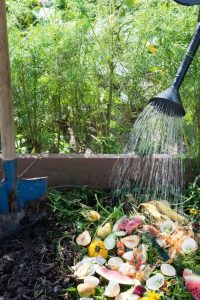
Instead of sending kitchen scraps, grass clippings, and fallen leaves to the landfill, I started piling them into a corner of my yard, layering green materials (like fruit peels and plant trimmings) with brown materials (like dried leaves and shredded newspaper).
Within a few months, I had dark, crumbly compost that smelled like fresh earth. Mixing it into my garden beds made an immediate difference, my plants grew stronger, held moisture better, and produced more flowers and vegetables.
2. Using Grass Clippings as a Natural Mulch
One summer, I ran out of store-bought mulch and decided to spread fresh grass clippings around my tomatoes and peppers just to see what would happen.
Within weeks, I noticed something amazing—fewer weeds, healthier soil, and plants that stayed hydrated longer. That’s when I realized that my weekly lawn mowing sessions were producing a free, nutrient-rich mulch that I had been throwing away for years.
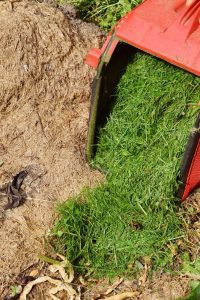
Now, I let my grass clippings dry for a day before spreading them around my vegetables and flowers. They slowly break down, feeding the soil with nitrogen while keeping the weeds at bay. The best part? I never have to buy mulch again.
3. Recycling Fallen Leaves into Leaf Mold
For years, I used to rake up all my autumn leaves and bag them for pickup. But then I learned about leaf mold, a natural soil conditioner made from decomposed leaves. One fall, I decided to try it, I piled up my leaves in a corner of the garden, kept them slightly moist, and let nature do its thing.
A year later, I had a rich, crumbly material that felt like woodland soil. Mixing it into my garden beds improved drainage, moisture retention, and overall soil structure.
4. Using Pruned Branches and Stems for Garden Structures
Instead of burning or throwing away trimmed branches, I started repurposing them into natural supports for my climbing plants.
Thick branches became rustic trellises for peas and beans, while smaller sticks made perfect borders for my raised beds. Even small twigs found a second life as kindling for my outdoor fire pit.
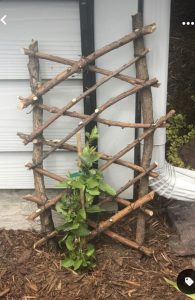
One of my favorite projects was making a bean teepee out of long branches. I simply tied the tops together, spread the base out, and let my beans climb up the sides. It was sturdy, completely free, and blended beautifully into my garden.
5. Chopping Up Old Plants for a Natural Mulch
When I pull out spent plants at the end of the season, I don’t just throw them away. Instead, I chop them up and use them as a layer of mulch in my garden beds. This works especially well for plants like pea and bean vines, which are full of nitrogen and break down quickly.
Even tough plants, like sunflower stalks or corn husks, can be shredded and added to compost or used as a base layer for raised beds. The more I reuse plant material, the less I need to bring in from outside sources.
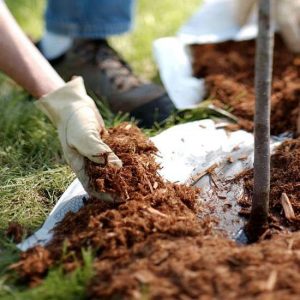
6. Creating Liquid Fertilizer from Weeds
I used to be frustrated by how fast weeds grew in my garden, but then I realized they were actually full of nutrients. Instead of tossing them out, I started making weed tea fertilizer.
I’d soak pulled weeds in a bucket of water for a couple of weeks, letting their nutrients leach into the water. The result? A homemade liquid fertilizer that gave my plants a powerful boost.
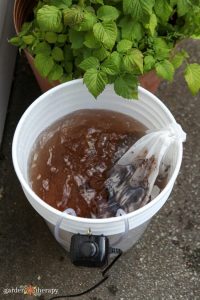
I’ve done this with comfrey, dandelions, and even nettles, and every time, the results have been incredible. It’s proof that even the plants we don’t want can be turned into something beneficial.
7. Letting Some Garden Waste Stay in Place
Not all garden waste needs to be moved or processed. Sometimes, the best thing to do is let nature handle it right where it is.
In winter, I leave dried flower stalks and ornamental grasses standing. They provide shelter for beneficial insects and add interest to the winter landscape. In spring, I cut them down and let them decompose naturally into the soil.
Even when I trim back perennials, I let some of the cuttings stay on the soil surface as a natural mulch. Over time, they break down and enrich the soil, feeding the next generation of plants.
